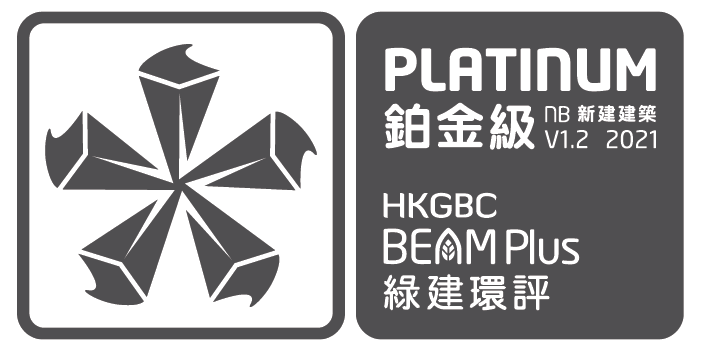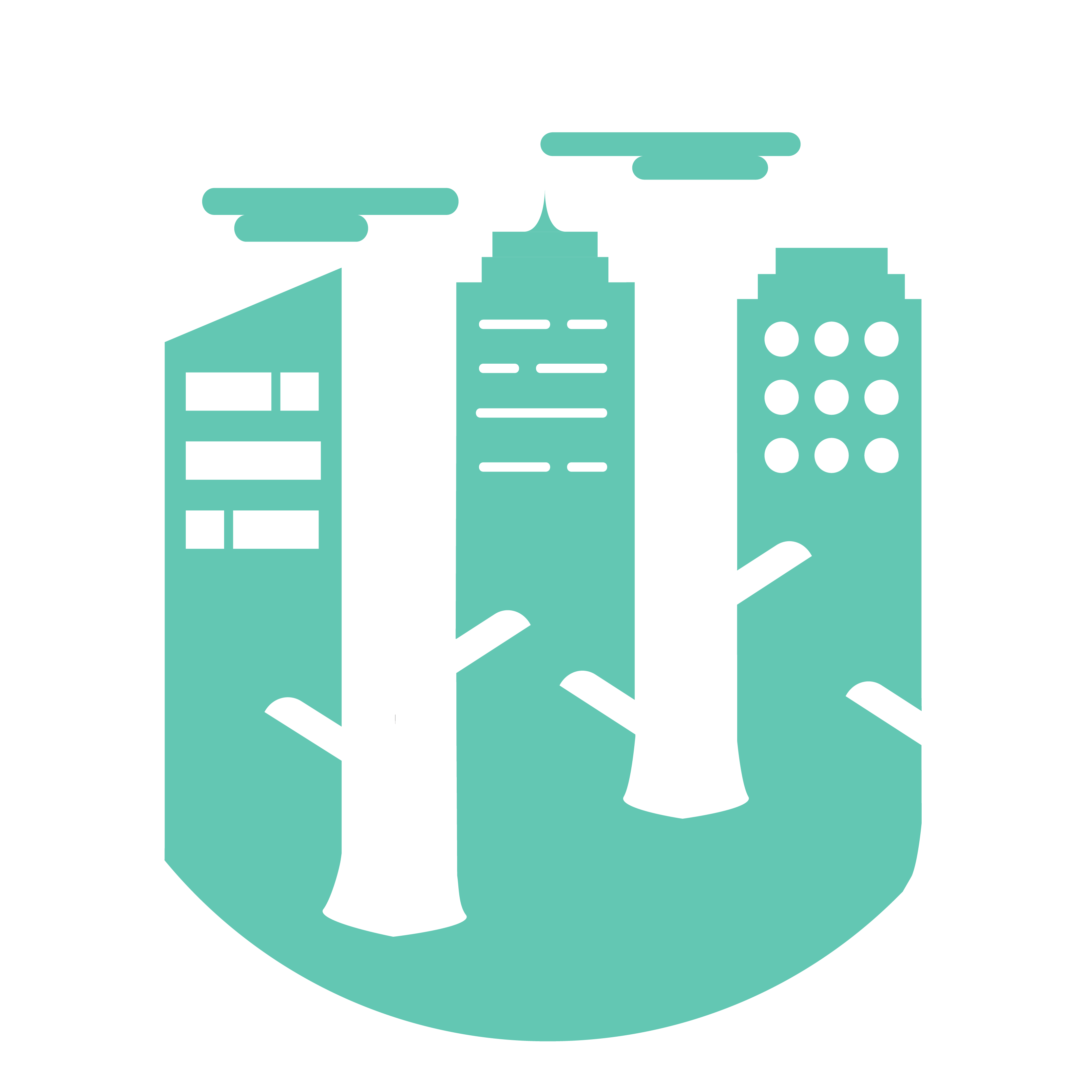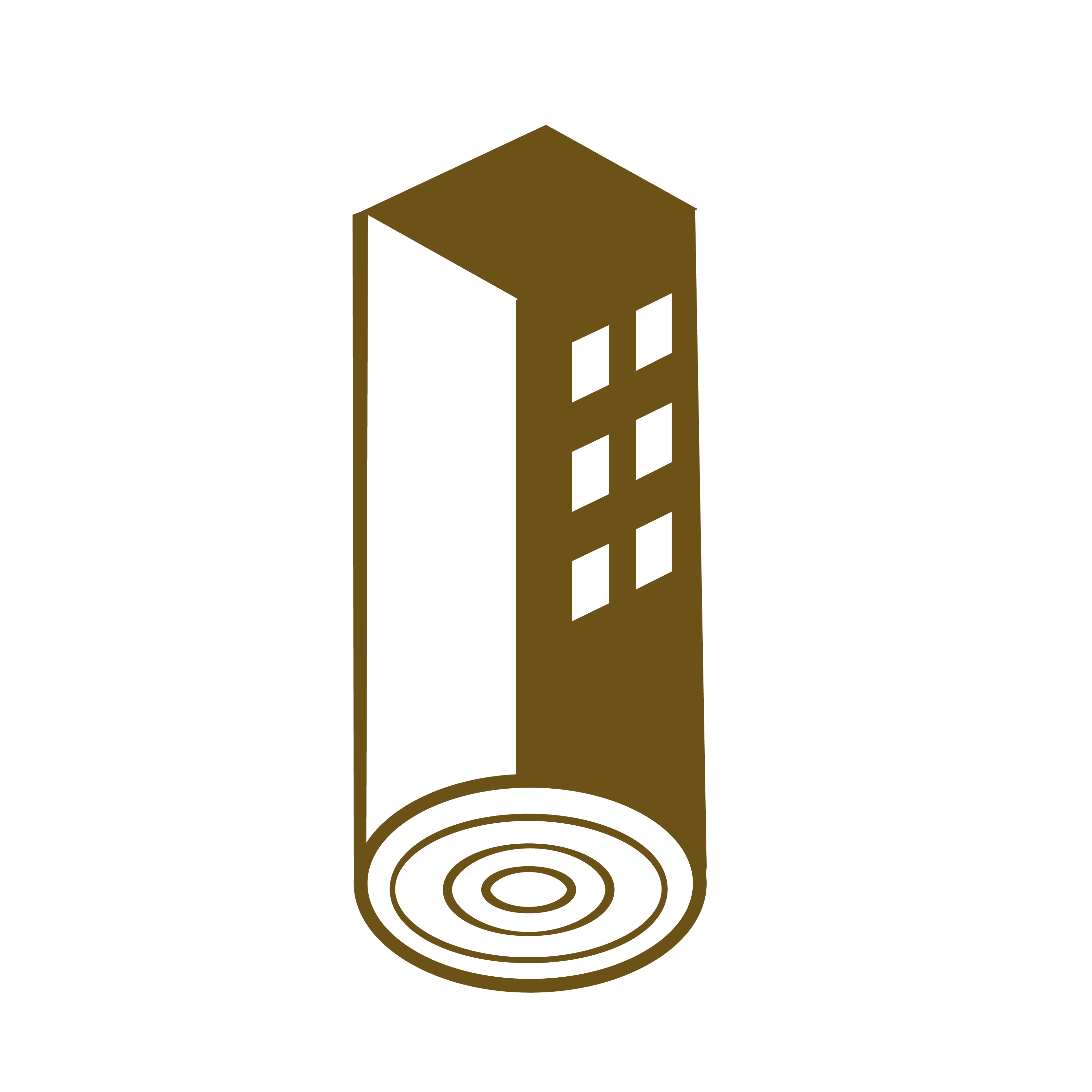


| Completion Year | 2021 |
| Number of Blocks | 2 |
| Number of Storeys | 5 for lower block, 7 for upper block (except upper roof) |
| Type | Government, Institutional and Community |
| Project Developer / Owner | Chung Chi College, The Chinese University of Hong Kong |
| Project Manager | Campus Development Office, The Chinese University of Hong Kong |
| Architect | Leigh & Orange Limited |
| Interior Designer | Leigh & Orange Limited |
| Landscape Architect | Urbis Limited |
| M&E Engineer | J. Roger Preston Limited |
| C&S Engineer | Greg Wong & Associates Limited |
| Main Contractor | Unistress Building Construction Ltd |
| Quantity Surveyor | K. C. Tang Consultants Limited |
| Sustainable Design Consultant | Leigh and Orange Ltd. |
| Acoustic Consultant | Shen Milsom & Wilke Ltd |
| Geotechnical Engineer | Greg Wong & Associates Limited |
| Master Planning Consultant | Campus Development Office, The Chinese University of Hong Kong |
| Traffic Consultant | MVA Hong Kong Ltd |
| BEAM Plus Consultant | Telemax Environmental and Energy Management Ltd. |
The Chung Chi Student Development Complex is a pioneer redevelopment project of Chung Chi College, The Chinese University of Hong Kong. Two old buildings on Chung Chi Campus are redeveloped into new student activity areas to cater for the incremental needs of student facilities in the coming future. While the idea is implemented in a student-oriented and environmentally friendly way, the traditional values of Chung Chi College are also preserved.
The new Complex is designed to encourage walkability in the campus by creating a new garden-type journey across the forest between the Chung Chi Campus and Main Campus. Different forms of openings and platforms are introduced around its perimeter for promoting interaction and enhancing bonding between the Complex and its nearby natural environment. Moreover, the buildings are also designed to enhance the utilization of natural lighting and wind for comforting the internal area, with support of different green elements at different floors.
As a redevelopment project, inheriting the cultural elements and values from the old buildings, in term of material selection, façade design and circulation arrangement, are the key considerations for the Complex design.












The Chinese University of Hong Kong (CUHK) is a garden-based University with a strong bonding to the campus nature. Over 60% of the site area is covered by natural vegetation. Due to the strong topographic and the sub-urban context of the site, the buildings on CUHK campus are spread on the mountain. The campus highly relies on the mountain roads and steps, as well as shuttle bus, as a major network to connect different buildings. By inserting this new student development complex, a new garden-type journey connecting several major buildings in the lower and mid campus is created. We attempt to reform the movement pattern of the University members, so as to relieve the existing overcrowded road and carriageway.
The circulation is not simply a connection to the surroundings or between different programmes inside our complex. Integrating with the natural environment and creating a fruitful journey based on a garden-oriented concept are the key objectives of this design. The Complex interacts with the natural environment by providing lively spaces and different viewports to the surroundings. Enjoyment of natural environment by mean of a garden-type journey could enhance students’ understanding of the sustainable development of the future campus.
Along the garden-based journey, different qualities of spaces have been created to suit and cater for various needs of the students. Unlike conventional planning of institutional buildings, we encourage students to learn, meet and gather outside the classroom in order to promote informal education and self- learning. The natural-vented communal hub in the atrium is one of the examples of encouraging the students to extend their activities from indoor to semi-open spaces. By inter-connecting with several floors, the atrium communal hub not only can enjoy the benefit from natural lighting and ventilation, but also acts as a core place for students to interact and exchange ideas.
Inheriting the cultural elements and values from the old campus are the key considerations for design development. As a local and unique material mined in the early campus site, rubble stone is a symbolic material used in various buildings on Chung Chi College campus. Such memorial material has been re-adopted at eye level along the circulation space to inherit the symbol and memory of the old campus.
Another symbolic element applied in the new student complex is the lattice façade pattern, which is a traditional technique used in early 20th century for weather control and security purpose. It was an effective and artistic way for shading and rainproofing while allowing good natural ventilation at the same time. With the abovementioned features and advantages, a perforated façade design has been adopted in this new student complex to re-exhibit the spatial and atmosphere of early campus.
| Completion Year | 2021 |
| Number of Blocks | 2 |
| Number of Storeys | 5 for lower block, 7 for upper block (except upper roof) |
| Type | Government, Institutional and Community |
| Project Developer / Owner | Chung Chi College, The Chinese University of Hong Kong |
| Project Manager | Campus Development Office, The Chinese University of Hong Kong |
| Architect | Leigh & Orange Limited |
| Interior Designer | Leigh & Orange Limited |
| Landscape Architect | Urbis Limited |
| M&E Engineer | J. Roger Preston Limited |
| C&S Engineer | Greg Wong & Associates Limited |
| Main Contractor | Unistress Building Construction Ltd |
| Quantity Surveyor | K. C. Tang Consultants Limited |
| Sustainable Design Consultant | Leigh and Orange Ltd. |
| Acoustic Consultant | Shen Milsom & Wilke Ltd |
| Geotechnical Engineer | Greg Wong & Associates Limited |
| Master Planning Consultant | Campus Development Office, The Chinese University of Hong Kong |
| Traffic Consultant | MVA Hong Kong Ltd |
| BEAM Plus Consultant | Telemax Environmental and Energy Management Ltd. |